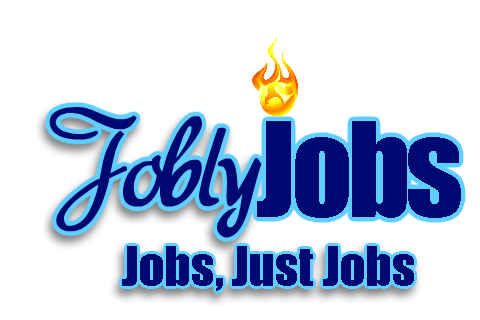Who benefits from pay per application?
 In 2023, any employer that is using Indeed (and let’s be honest, that’s a lot of employers) will be using the pay per application (PPA) model. Why? Because Indeed says so.
In 2023, any employer that is using Indeed (and let’s be honest, that’s a lot of employers) will be using the pay per application (PPA) model. Why? Because Indeed says so.
OK, it’s a bit more complex than that, and things may change, your mileage may vary, etc. But – just as in the good old Monster days – whichever site is the biggest makes the rules. So if Indeed says jump, employers say, ‘how high?’. Now, to be clear, Indeed will argue – and who knows, maybe they are right – that employers using PPA will get better results in the long run (note that phrase!) than those using plain old pay per click (PPC) or (God forbid!) duration-based postings.
“This is a big change,” said Maggie Hulce, Indeed’s executive vice president and general manager for enterprise. Ms. Hulce is, as you can see, a master of understatement. In all fairness, Indeed has done this once before – when they introduced the PPC model as first pioneered by Google to the hiring industry. It took them a decade, but eventually they could say that their brand of PPC dominated many hiring markets around the world – including North America and much of Europe. Although duration-based postings continue to be popular, the PPC market has grown substantially (the market was estimated at $12.6 billion in 2019) since its beginnings in the mid-2000s.
But for me, the real question is: who benefits from a PPA model? Let’s dig into it.
As Indeed itself admits, the PPA model only works on the job board side if you can figure out: a) how many applications a given job ad on average should produce; and b) how much that should cost, based on the job board’s costs and how much employers are willing to pay. How can a job board figure those two variables out? Well, as the AIM Group has noted before, it takes a lot of data. So who is the first to benefit from PPA? Job boards with lots of data. In other words, job boards like Indeed (and perhaps Seek, Stepstone, etc.).
What about employers? Indeed says employers using a PPA model pay only for what is truly wanted—a qualified candidate. Not clicks, and not an unknown number of applies generated by a traditional duration-based job post. Well, you can argue that applies are not necessarily the same as a qualified candidate – but they are getting closer. So for employers, it becomes a question of how many applications they need to find someone worth interviewing and – hopefully – hiring. If a PPA is $50, then 6 applications will run $300 – and could product 2–3 interviews, if they get lucky. But…if a PPA is $5, then 6 applications will run $30, for the same results. As with many things in life, it’s all about the price you actually pay versus what you actually get.
What about candidates? Well, they don’t know or care, in most cases. Except…the PPA model is new for almost all employers, and thus they are more likely to want to test it. In other words, they are more likely to actually respond to applications – if only to evaluate the quality of the responses. Thus, for a brief time, candidates can expect more response from employers – which is all they really want in the first place! So for now, maybe PPA is a win for candidates.
In the meantime, 17% of respondents to this years Recruiting Site Trends Survey say they offer PPA to their clients. Wonder what the number will be next year? Stay tuned.
[Want to get Job Board Doctor posts via email? Subscribe here.].
[Check out the JobBoardGeek podcast archive!]


